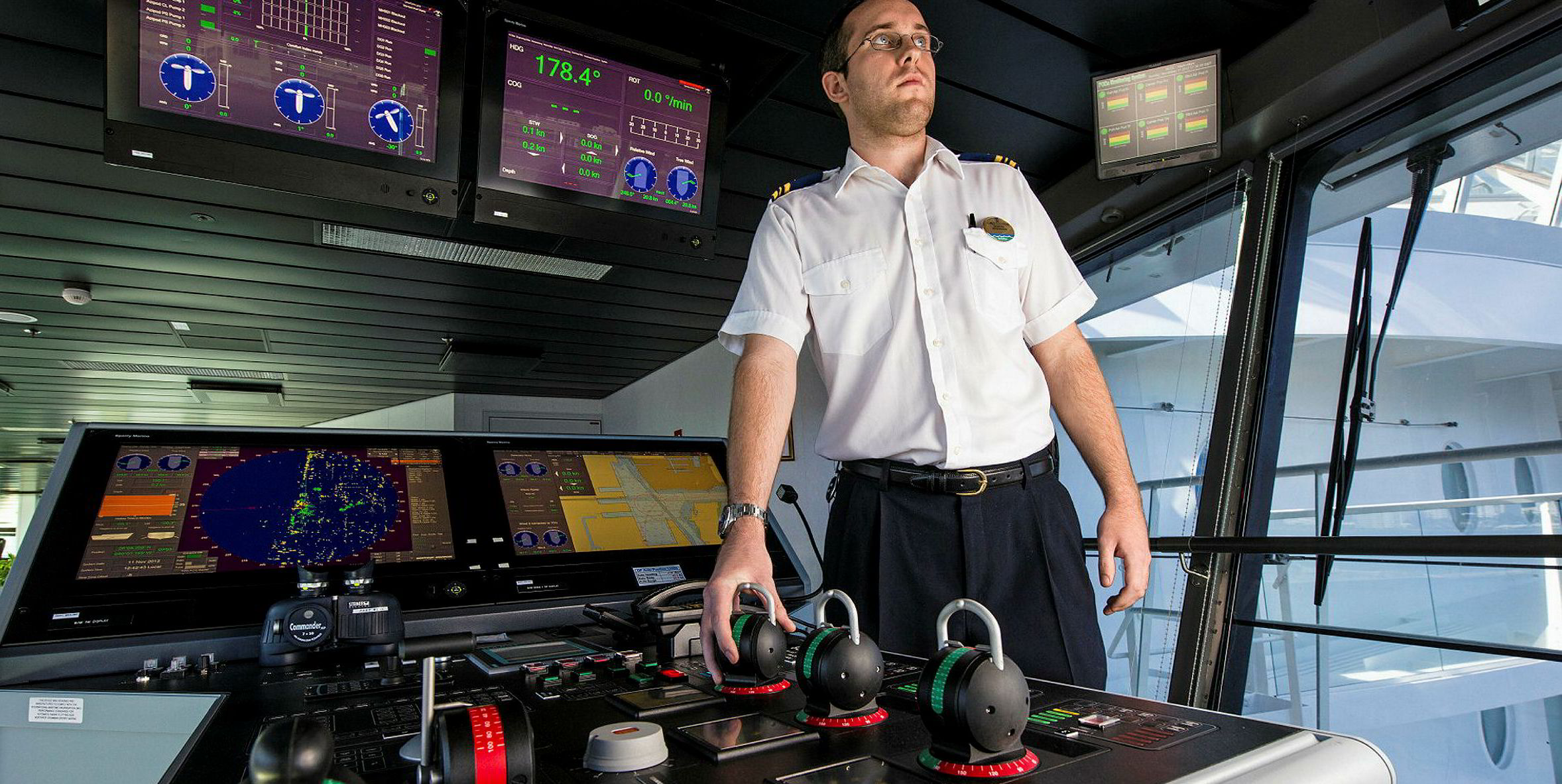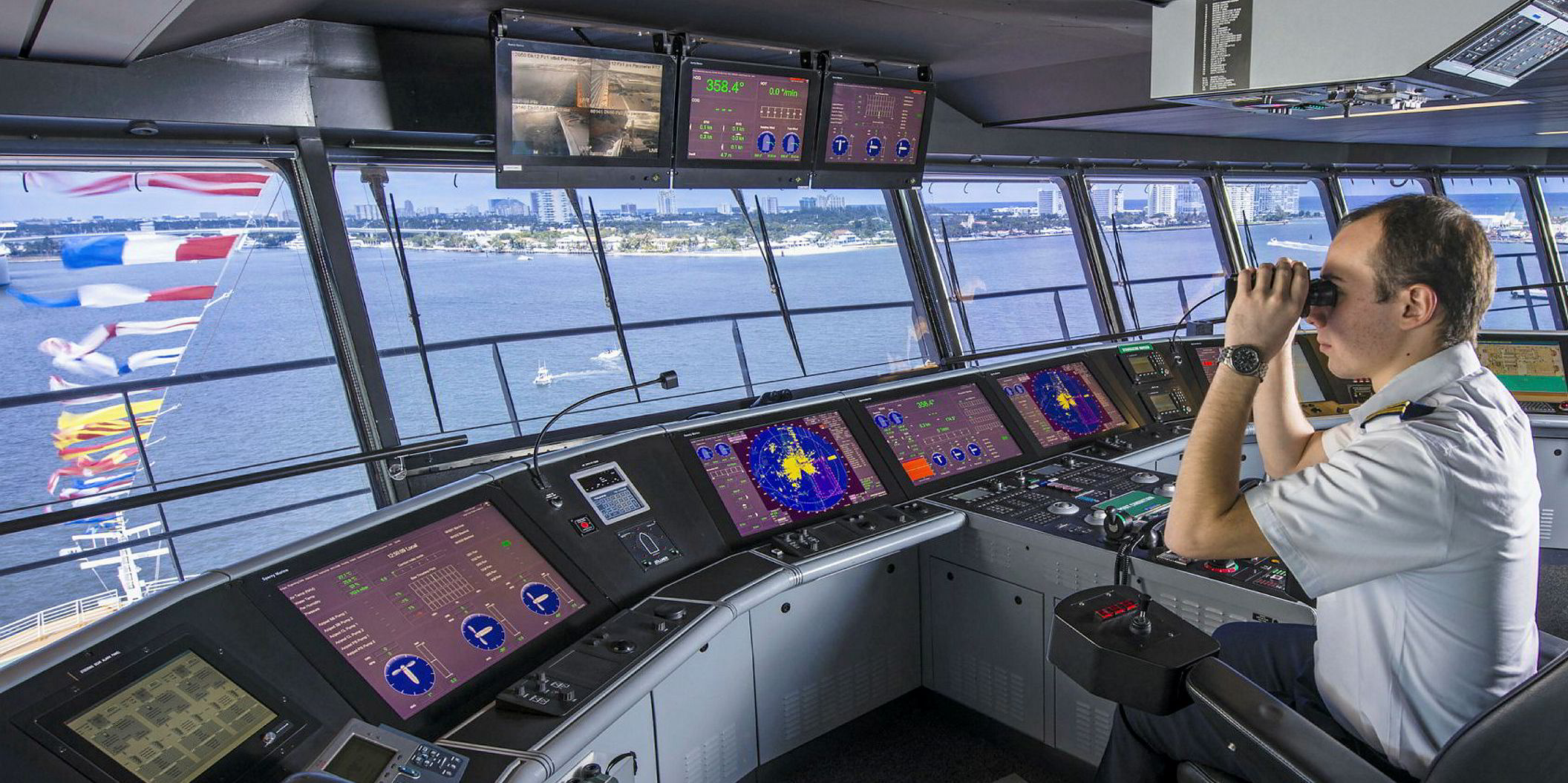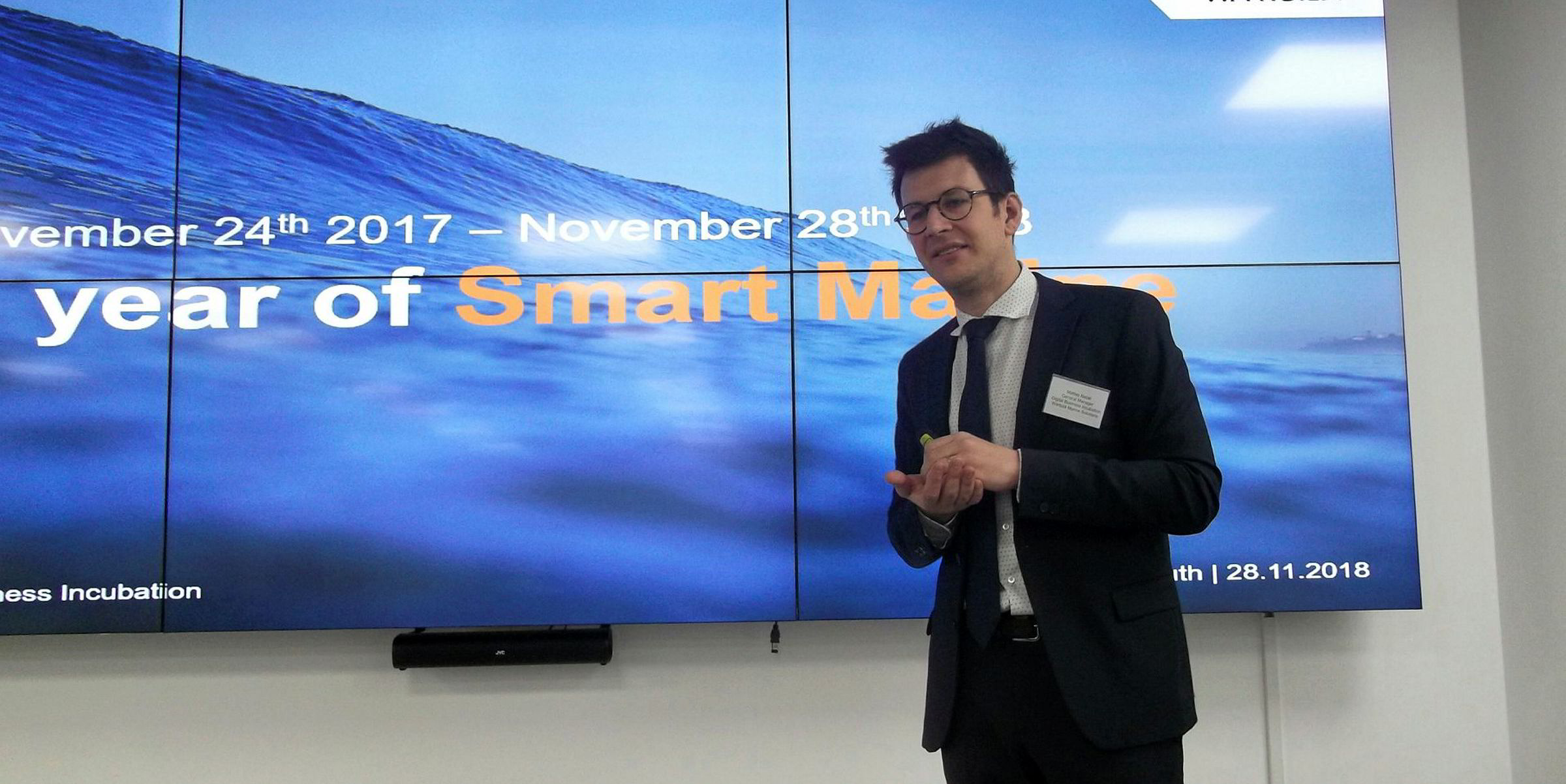Sperry Marine wants to partner other shipping data service providers to develop “digital ecosystems” for vessel operations based around its expertise in navigational electronics.
The UK-headquartered company, which has a long pedigree in developing and maintaining marine electronics, sees the need and opportunity to bring together today’s fragmented digital solutions within cyber-secure systems so that the internet can make its way onboard ships.
“We have traditionally played at the front of the bridge, but now it is not sufficient to maintain that navigation data at the front of the bridge,” managing director James Collett says. “Now our customers want to move that data around the vessel, move it to shore and process it onshore and bring it back to the vessel.”
Sperry aims to leverage its position as part of the Northrop Grumman group, to take advantage of its parent’s experience in aviation and naval military technologies.
It also wants to partner other established companies to develop broader-reaching systems based around the core of its navigational equipment.
“Sperry is trying to work out how to navigate the way forward in this formative period from quite a strong position because we are the developer and the manufacturer of the navigation equipment, and the provider of the navigation data,” Collett says, pointing to Northrop’s strengths in the digital arena.
“We are trying to bring that combination together to be a leading player in the digital transformation.”

The process involves Sperry developing the sensors it provides — including radar, compasses and heading management systems — as core vessel operational networks that can then interconnect with other data-based services such as emission control, weather information and cargo data.
Two years ago, Sperry Marine launched a networked heading management system, CompassNet, which allows the movement of heading information by means of ethernet communication around the vessel, and enables simple presentation of that to shore.
Collett says it will complete development this year of a next-generation networked radar, VisionMasterNet.
“Then when we have completed that, we will move on to the development of a next-generation steering system, which will also be networked and so able to bring to shore the same picture as the navigator sees,” he adds.
“Our plan is to have, by the end of this year, a basic capability in commercial service around a range of digital services that will include the e-navigation, fuel optimisation and remote monitoring of Sperry Marine equipment.”

In the next few months, a pilot system will be installed and tested on a very large containership, and several partners are looking to conduct tests in the second and third quarters of 2019.
Organic growth
The path towards developing interconnected digital systems is being followed by other large groups such as Wartsila and ABB. Wartsila bought marine navigations systems firm Transas last year, but Sperry Marine is looking more to organic growth.
“This is about partnering, providing platforms to shipowners or managers that are open to interface with a range of different capabilities that they may have on the ship,” Collett says.
“Our first step is around e-navigation, and a close parallel to that is working with partners in the fuel optimisation area.
“But the range of capabilities is so broad we are never going to do all this ourselves, and so partnering has to be the way forward.”





